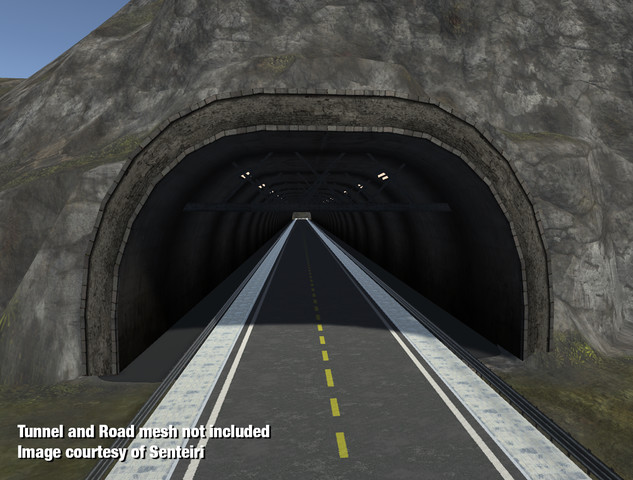MicroSplat
- Microsplat bleed issue on garage5 in the wasteland; Player getting stuck digging; Zfighting on broken tile custom shape; Player fall impact triggering on speeds of 0; Steel harvest exploits on safes; Changing spectate mode did not send the change to other players; Artifact in charred meat icon; Breaching slugs destroy blocks just as fast.
- 悬赏 300 元素币 求MicroSplat 3.1 插件的基础框架,注意看好是框架,不是它的扩展 3047-1-5 1 125 悬赏 300 元素币 求个能看narutopixx图片的.

MicroSplat output generator applies the necessary data for MiscroSplat terrain shader. It should be used instead of the standard Textures output node.
Available only if MicroSplat is installed and MicroSplat compatibility enabled.
From Jason Booth, Creator of MicroSplat, MegaSplat, One Batch, Cascade, Stochastic Sampling and several open source tools for Unity: Every URP release I spend many hours diffing the changes to their shaders to try to see what has changed and what I need to.

Properties:
- Material: MicroSplat material used on terrain.

MicroSplat material could be made with creating a MicroSplat shader first (Assets -> Create -> MicroSplat -> MicroSplat shader), and then assigning this shader to any newly created material.
Layers: Similar to the Textures Output, each layer represents a texture on a terrain. MS Output has a normalizer built-in. It blends layers and normalizes them so that their sum is always 1.
The layers order matters - each upper layer will overlap the bottom ones. Consider layer masks as Photoshop layers masks.
Layers outputs return a normalized blended result.
Advanced Properties:
Microsplat Urp
All of the advanced properties are global and applied to all biomes within graph.
It is recommended to unpin all of the terrains and pin again on changing these values
Set Component: applies a MicroSplat component for each of the terrains. When enabled terrain apply time (1 frame lag at the end of generating) is increased, but it gives a possibility to use advanced MS features from many modules.
Enabled Set Component requires Prop Data to be assigned.
When disabled it adds a Material Property Serializer component instead - a simple script that just creates assigns material property on serialization to save applied control maps.
Prop Data: MicroSplat component requires an assigned MisroSplatPropData asset to work properly. Assign this asset if you have SetComponent enabled.

Microsplat Mesh Workflow
Where to find one: MicroSplat usually automatically creates two assets PropData and Keywords next to the material with MicroSplat shader.
Apply Type: for some advanced features MicroSplat requires traditional terrain alphamaps (the ones that are assigned with Texture Output). You can use Texture Output along with the MicroSplat node, however enabling this will do all of the Texture Output node usually does without the need to create it.
- Textures: will use only MicroSplat control textures
- Splats: will apply standard terrain aplhamaps only (and if Set Component is enabled MicroSplat will read them and convert to MicroSplat data itself)
Both: will apply both MS control textures and traditional alphamaps.
Custom Splatmaps: names the MS control maps properly if MicroSplats's Use Custom Splatmaps toggle is enabled in shader (any MS Material -> Core -> Advanced -> Use Custom Splatmaps).
Add Normals Tex: generates and assigns terrain normals texture that might be required for advanced MS features like mesh blending.
Splat 2d Download
Normals texture is a 3-channel RGB24 map assigned to _PerPixelNormal material slot.
Microsplat Trax
The Decal module for MicroSplat allows you to place static or dynamic decals on objects using MicroSplat shaders. Unlike other decal systems, these are rendered as part of the shader, allowing them to work correctly with things like snow coverage, wetness, and other effects. Additionally they can also modify things like texture choices, displacement amounts (with Tessellation Module), or wetness, puddles, streams or lava amount (with Streams module installed).
Support Forum
Discord Group
MicroSplat decals work in Standard, URP, and HDRP render pipelines, and do not require any specific rendering mode such as deferred rendering. No mesh geometry needs to be generated, and everything is fully dynamic.
Each decal has controls available for Albedo and Normal blend modes, separate opacities for each channel, and color tint.
Each MicroSplat Object can support up to 32 unique decal textures, with up to 64 dynamic decals and 2048 static decals. Dynamic Decals are supported on all MicroSplat surfaces, but static decals are only available on Terrains or Mesh Terrains.
